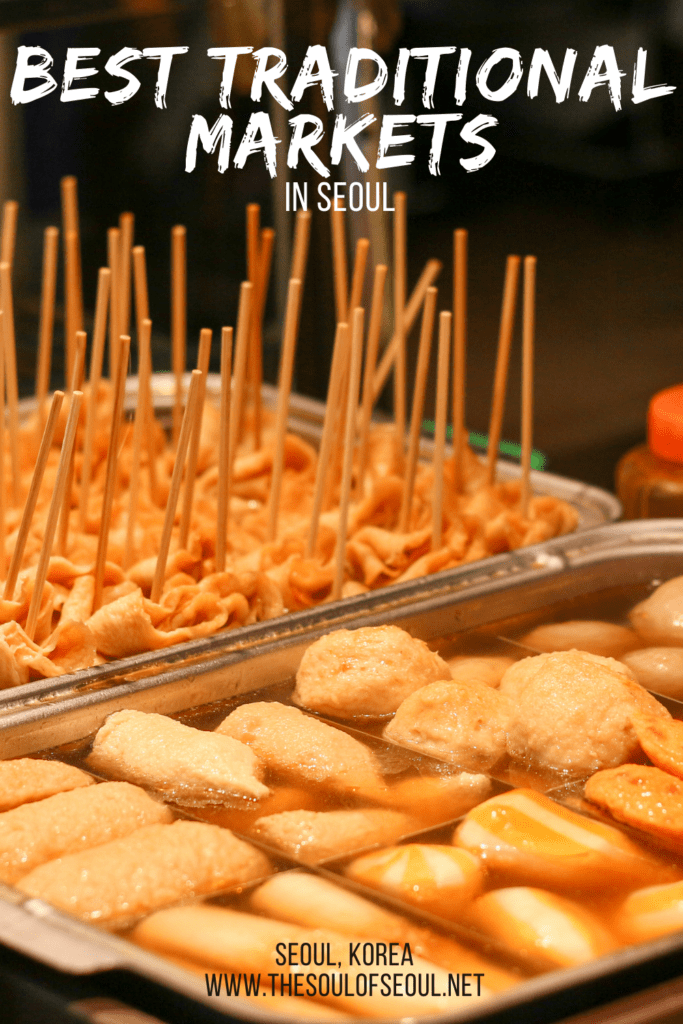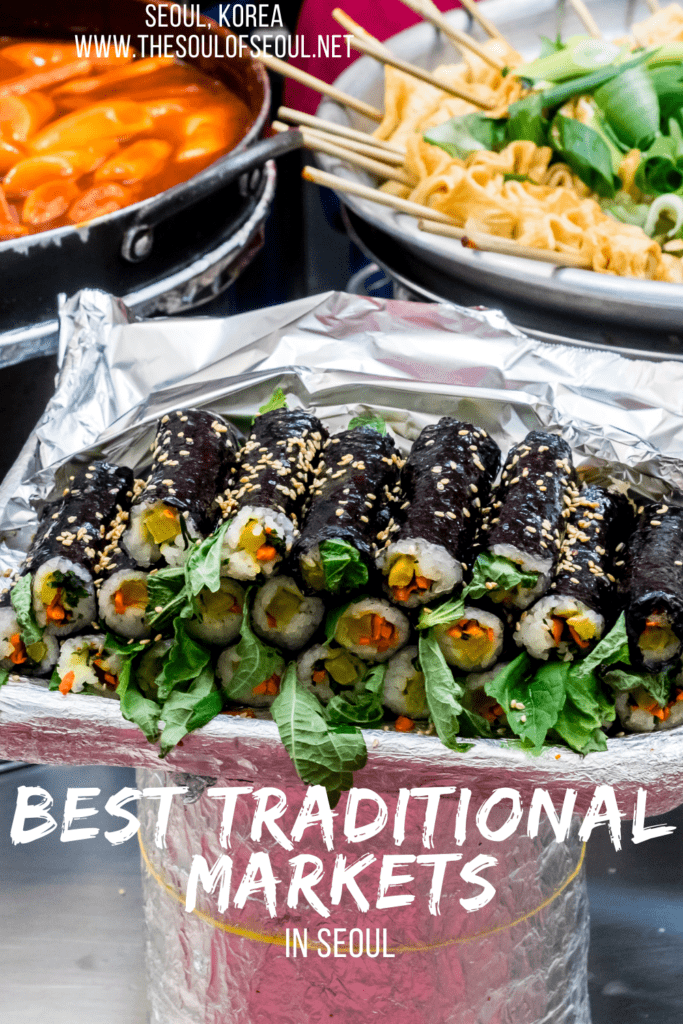The Best Traditional Markets In Seoul: Where To Eat & Where To Shop
Last Updated on May 24, 2024
As an avid traveler and always on-the-go, I can tell you that finding good, filling, and delicious food isn’t always easy. You get to a neighborhood or city you’ve never been to, you’ve internet sleuthed as much as you can manage, and still, you’re not sure if the food you see in pictures will be the food you see in person.
One of my biggest tips for travelers to Korea is to find the nearest traditional Korean market when in doubt. The “sijang”, or Korean traditional market is always a safe bet for delicious food. Restaurants within traditional markets have generally been established for the vendors in the market themselves and the locals will have fairly high standards.
Also because they’re feeding hundreds of people a day, they have a high turnover, so the food is fresh. Not just about the food though, there are also traditional markets devoted to vintage clothes, antiques, and more.
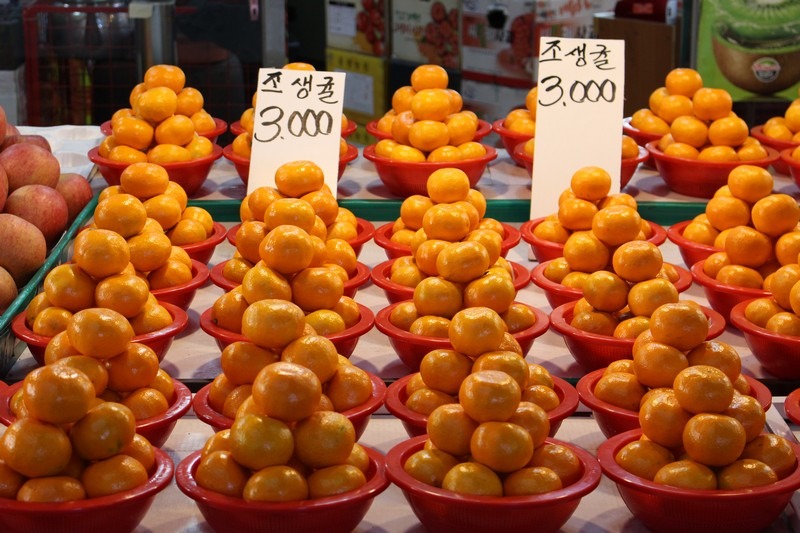
Here’s a guide to some of the must-visit traditional markets in Seoul, where you can experience the vibrant atmosphere and find budget-friendly goods:
- Gwangjang Market (광장시장)
- Tongin Market (통인시장)
- Seoul Jungang Market (서울중앙시장)
- Seoul Folk Flea Market (서울 풍물시장)
- Yangnyeongsi Herbal Market (약령시장)
- Mangwon Market (망원시장)
- Namdaemun Market (남대문시장)
- Noryangjin Fish Market (노량진 수산시장)
- Majang Meat Market (마장 축산물시장)
- Garak Market (가락시장)
- Dongmyo Flea Market (동묘벼룩시장)
- Mapo Agricultural & Marine Products Market (마포농수산물시장)
(This post contains affiliate links, which means I receive a certain percentage of a sale if you purchase after clicking at no cost to you. Thank you for your support.)
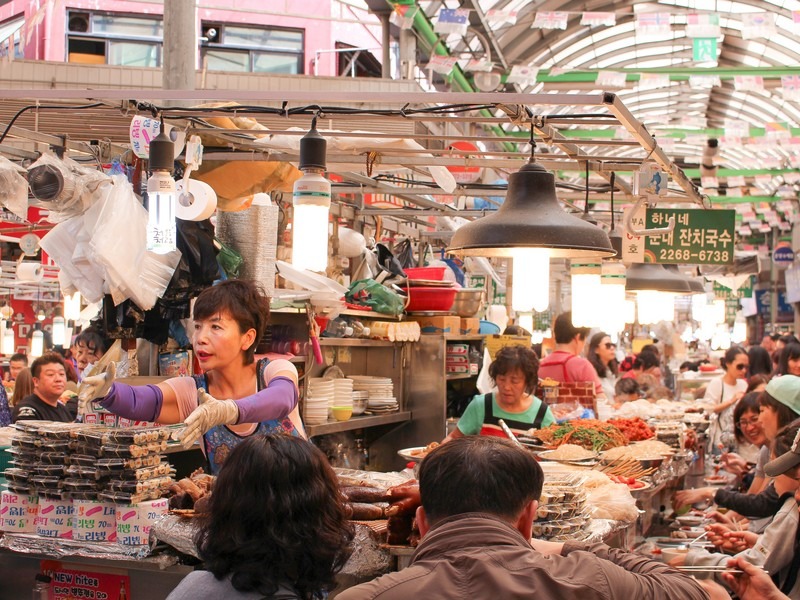
Gwangjang Market (광장시장)
One of the most popular traditional markets in Seoul, Gwangjang Market was established in 1905 as a textile market. The oldest daily market in Seoul, there is everything from traditional Hanboks and modern Hanboks to curtains and a fantastic vintage clothing market upstairs.
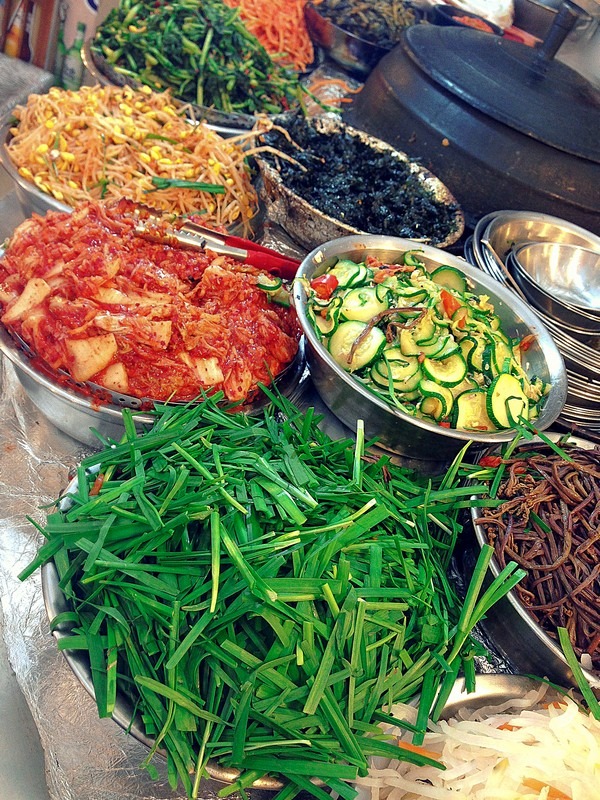
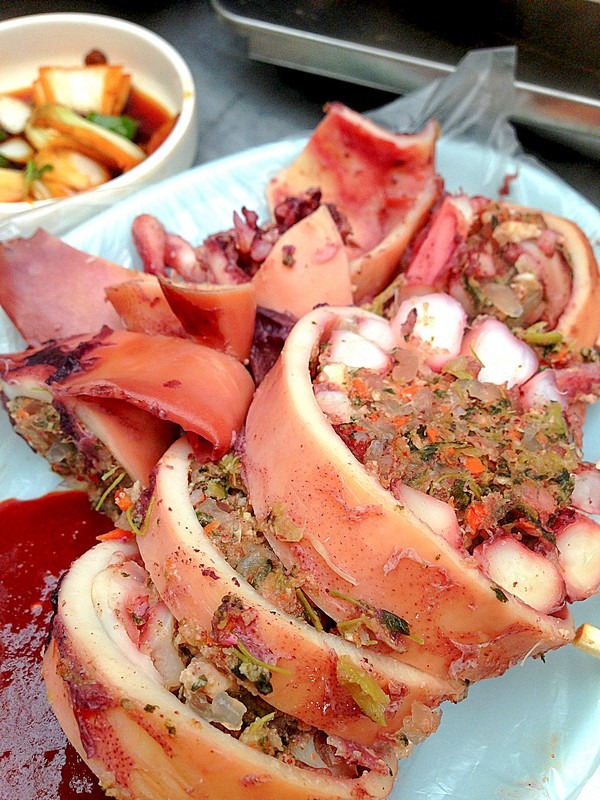
However, it’s more popularly known for the culinary delights and street food inside. The restauranteurs first set up shop to feed the textile vendors but now feed far more people. Get ready to eat eat eat in Gwangjang Market.
- Address: 88 Changgyeonggung-ro, Jongno-gu, Seoul (서울특별시 종로구 창경궁로 88 (예지동))
- Directions: Go out of Jongno 5-ga Station, exit 7. Walk straight and an entrance will open up on your right.
- Hours: Stores: 8:30am ~ 6:00pm; Restaurants: 8:30am ~ 11:00pm
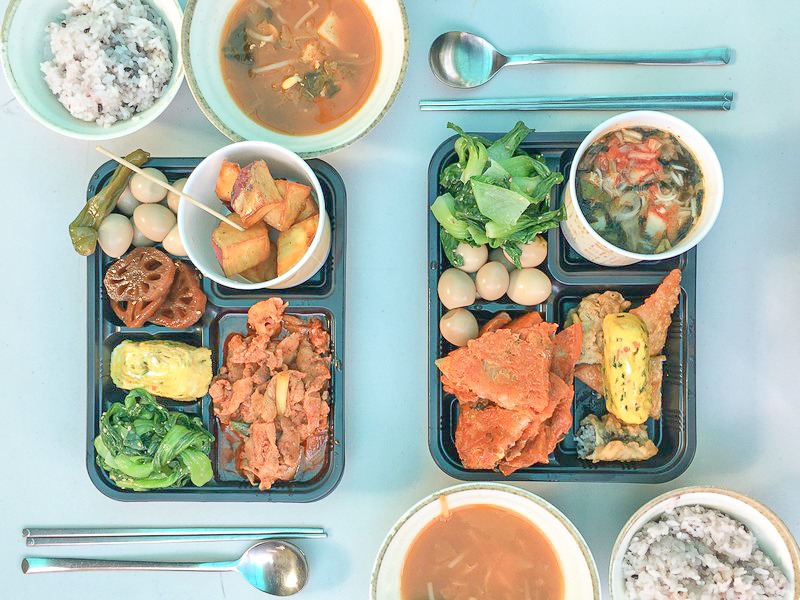
Tongin Market (통인시장)
Tongin Market, established in 1941, is famous for its unique experience of using traditional Korean coins to purchase small portions of various dishes. Located just west of Gyeongbokgung Palace, it’s a convenient addition to any Seoul itinerary.
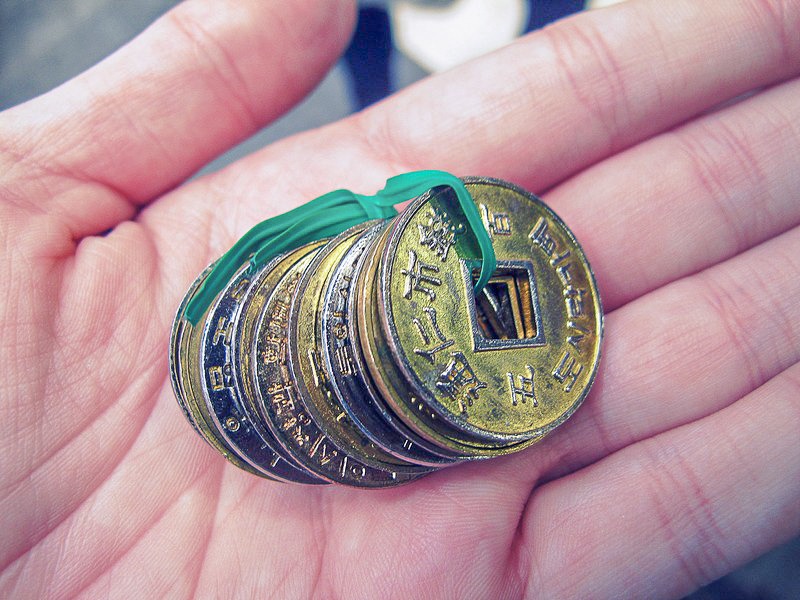
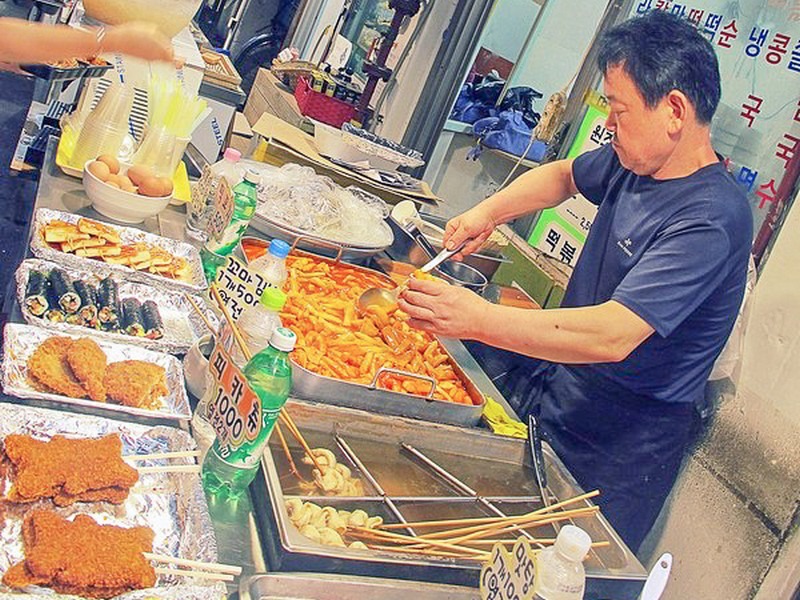
Visitors can opt to pay W5,000 and try a small helping of numerous Korean fare at a great price at the “Dosirak” Cafe, or Lunchbox Cafe, inside. Go there to be cheap or go there to try something new, either way, it’s a good decision for a lunch while out in the city.
- Address: 10-3 Tongin-dong Jongno-gu Seoul (서울특별시 종로구 통인동 10-3)
- Directions: Head to Gyeongbukgung Subway Station, exit 2. Walk straight and the entrance to the market will appear on your left less than 10 minutes up the road.
- Hours: Market: Tuesday – Sunday: 7:00am ~ 9:00pm; Dosirak Cafe: Tuesday – Sunday: 11:00am – 5:00pm
- Join a tour: There is a half-day walking tour on Viator that includes Gyeongbokgung Palace and Tongin Market for lunch which is exactly how I’d plan a visit to the market into my itinerary.

Seoul Jungang Market (서울중앙시장)
A favorite among locals, Seoul Jungang Market is the place to go for fresh vegetables, grains, and seafood at unbeatable prices on produce. If you’re just looking to eat there are some great Korean options as well as western. We ate tacos the last time we were there. Popular with young Koreans, this market has a very newtro vibe.


A hidden gem here is the Seoul Art Space Sindang, an underground area where 40 artists and designers showcase their work and conduct classes, adding a creative twist to your shopping experience.
- Address: 36 Toegye-ro 85-gil, Jung-gu, Seoul (서울 중구 퇴계로85길 36)
Seoul Folk Flea Market (서울 풍물시장)
The Seoul Folk Flea Market, dating back to the 1950s, is a treasure trove of antiques, old money, souvenirs, and more. With over 900 vendors, it spills out into the surrounding streets, creating a bustling atmosphere. On the second floor, you’ll find a retro Korean coffee house serving “morning coffee” with an unbroken egg yolk—a must-try.
- Address: 21 Cheonho-daero 4-gil, Dongdaemun-gu, Seoul (서울시 동대문구 천호대로4길 21)
- Days: Closed the second and fourth Tuesday of every month.

Yangnyeongsi Herbal Market (약령시장)
Yangnyeongsi Herbal Market is one of Korea’s largest herbal medicine markets, featuring over 800 traditional Korean medicine-related businesses. The streets are lined with shops selling herbs, dried fruits, and plants, with shopkeepers ready to concoct remedies tailored to your needs.


If you want to learn more about traditional Korean medicine, there is also the Seoul K-Medi Center in this district which has great learning opportunities and experiences for tourists.
- Address: Yangnyeong Market, Jegi-dong Dongdaemun-gu, Seoul (서울 동대문구 제기동 서울 약령시)
- By Subway: Jegi-dong Station, exit 2. One entrance to the market is immediately to the left, but to get to the main entrance to the festival area, walk straight for 1 minute and you will see a larger entrance on the left.
- Days: Monday ~ Saturday. The market is closed on Sundays and national holidays with the exception of a few shops and street vendors.
- Hours: 9:00AM – 7:00PM
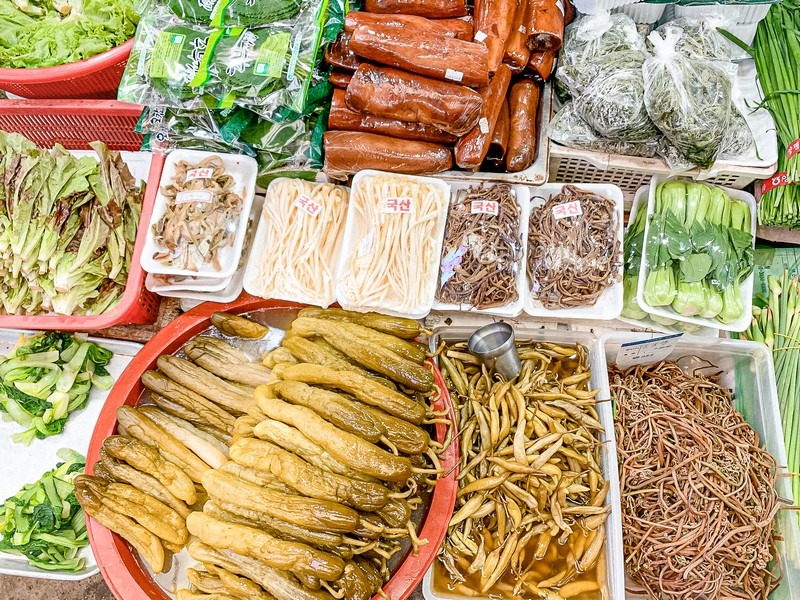
Mangwon Market (망원시장)
Mangwon Market is a local favorite for fresh produce and a variety of Korean street foods. While it attracts many locals during the week, it’s popular with both foreign and Korean tourists on weekends.
For a less crowded experience, visit on weekdays to enjoy the market’s offerings without the crowds. This was our go-to market for produce when we lived in the area. Budget-friendly and great vendors that will tell you how to cook up everything if you just ask.
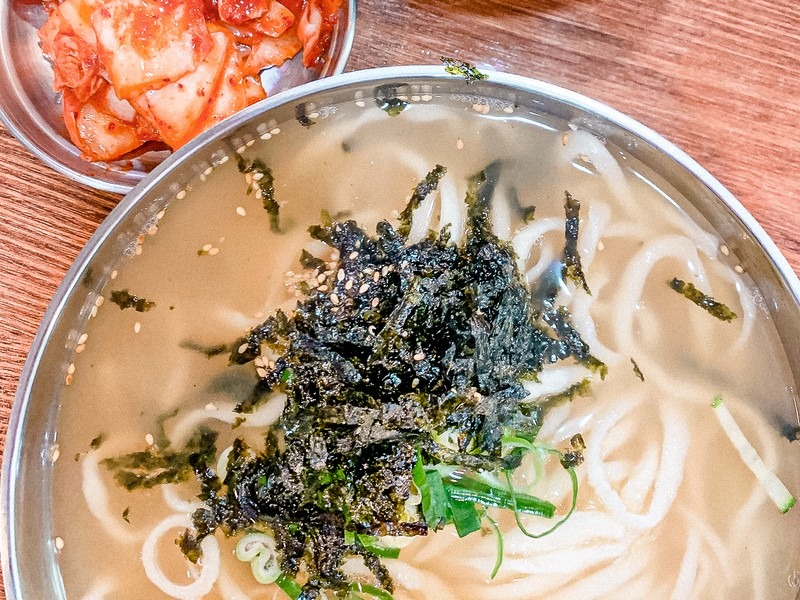
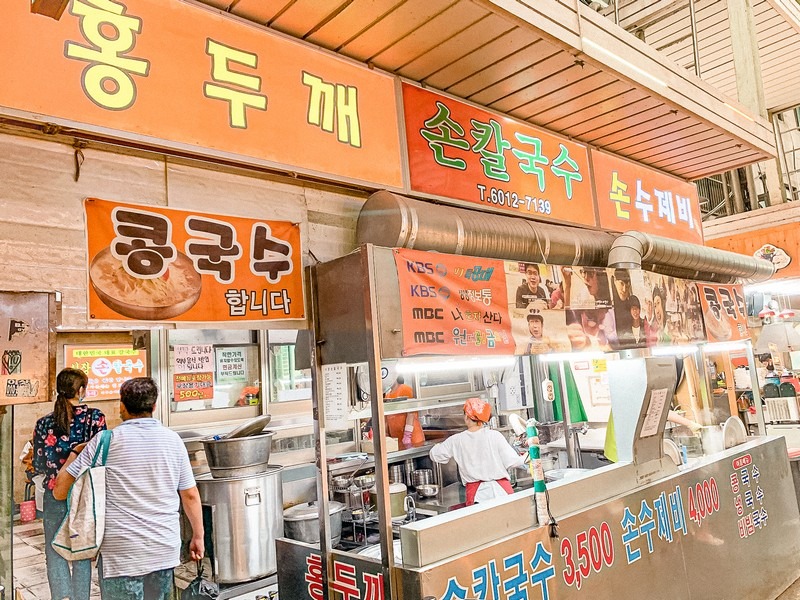
- Address: 411 Mangwon-dong, Mapo-gu, Seoul (서울특별시 마포구 망원동 411)
- Directions: Mangwon Station, exit 2. Coming out of the station make a u-turn to the right and walk into the neighborhood about 5 minutes or so and the entrance to the market will come up on your right.
- Join a tour to Mangwon Market:
- Korean Kimchi Making Experience: Learn how to make four types of kimchi including two cabbage kimchis (배추김치), a raddish kimchi (깍두기김치), and a cucumber kimchi (오이소박) with a small group of students. Book this experience on Viator
- Korean Bibimbap and Pancakes Experience:
- Get hands-on and make bibimbap and sanjeok pancakes and then sit down to a Hanjeongsik meal, or a splendid array of Korean side dishes, rice, and the delicious food you put together. Book this experience on Viator or on Klook.
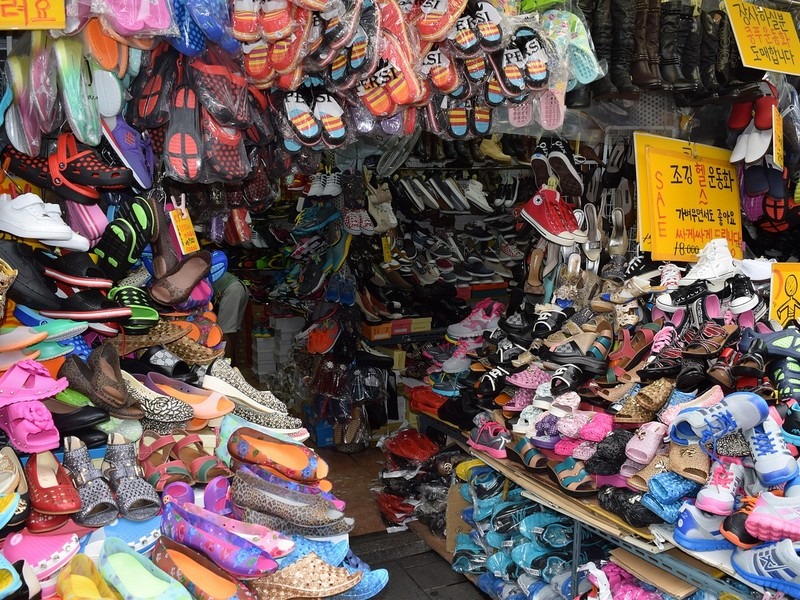
Namdaemun Market (남대문시장)
The lagest traditional market area in Seoul, it’s easy to get lost in this market that opened in 1964, so if you do, don’t worry, we all do. Known for its affordable kitchenware, clothes, and accessories, it has also become popular for its street food stalls offering everything from juices and banana bread to tteokbokki.
This market is a great spot to find bargains on a wide range of items.
- Address: 21 Namdaemunsijang 4-gil, Jung-gu, Seoul (서울특별시 중구 남대문시장4길 21)
- Directions: Go out of Hoehyeon Station, exit 5 and it’s a two minute walk.
- Join a tour: Join a gastro adventure into Namdaemun market to feel the hustle and bustle and then eat 4 different kinds of street food. Book the tour on Viator.

Noryangjin Fish Market (노량진 수산시장)
Noryangjin Fish Market sells a vast array of live seafood, including octopus, clams, and crabs. You can buy your seafood on the first floor and have it prepared in the restaurants upstairs, offering dishes like sushi and fish head soup.
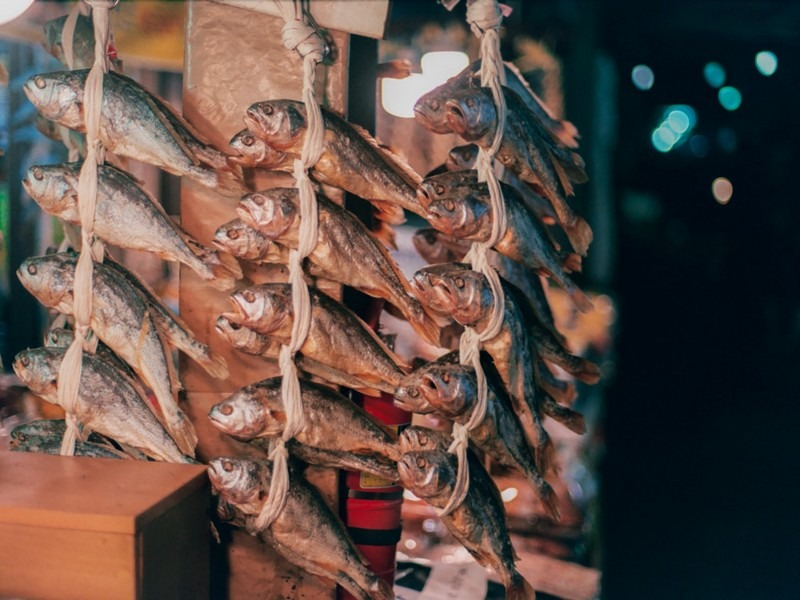
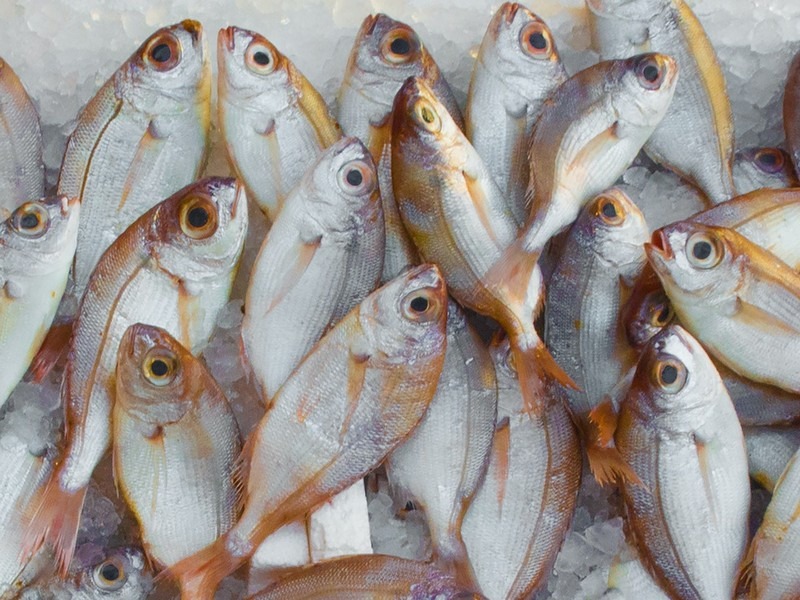
- Address: 674 Nodeul-ro, Dongjak-gu, Seoul (서울특별시 동작구 노들로 674 (노량진동))
- Operating Hours:
- High Class Fish Market: 24 Hours
- General Fish Market: 1:30am ~ 10:00pm
- Frozen Fish Market: 3:30am ~ 10:00pm
- Shellfish Market: 1:00am ~ 10:00pm
- Join a tour: There are plenty of places around Seoul I believe tourists and visitors can go on their own, but to be frank, Noryangjin is not one of them unless you have a good handle on Korea and haggling in Korean.

Majang Meat Market (마장 축산물시장)
Majang Meat Market is renowned for its high-quality fresh meat, making it a go-to spot for Korean BBQ enthusiasts. It’s the largest meat market in Korea.
Popularized by Korean YouTubers, this market offers a variety of meats that you can enjoy in nearby restaurants. It’s a unique experience for meat lovers visiting Seoul.
- Address: 40 Majang-ro 31-gil, Seongdong-gu, Seoul (서울특별시 성동구 마장로33길 53)
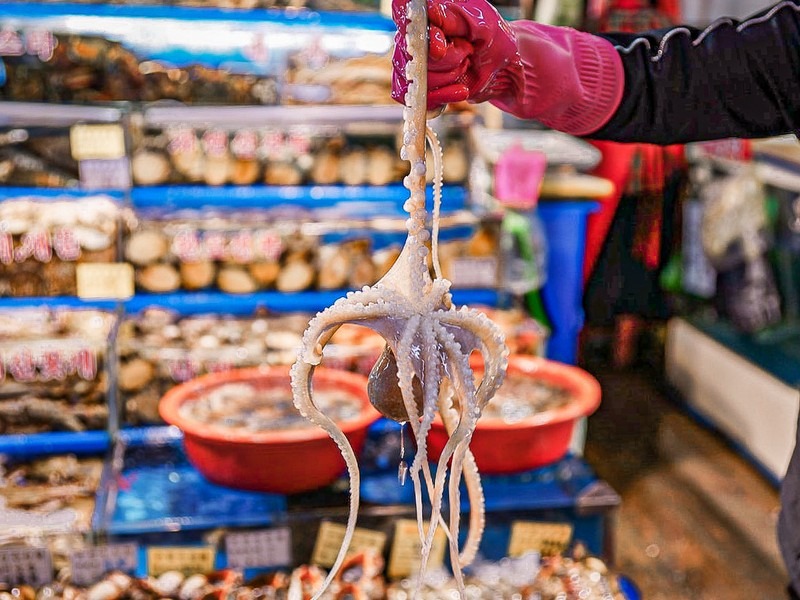
Garak Market (가락시장)
Opened in 1985, Garak Market is the first public wholesale market in Korea. You could call it the original Costco of Seoul, specializing in agricultural and fishery products.
It offers fruits, vegetables, seafood, and dried foods at much lower prices than supermarkets. Visit between 6 PM and 9 PM for vegetable auctions and from 1 AM to 3:30 AM for seafood auctions.
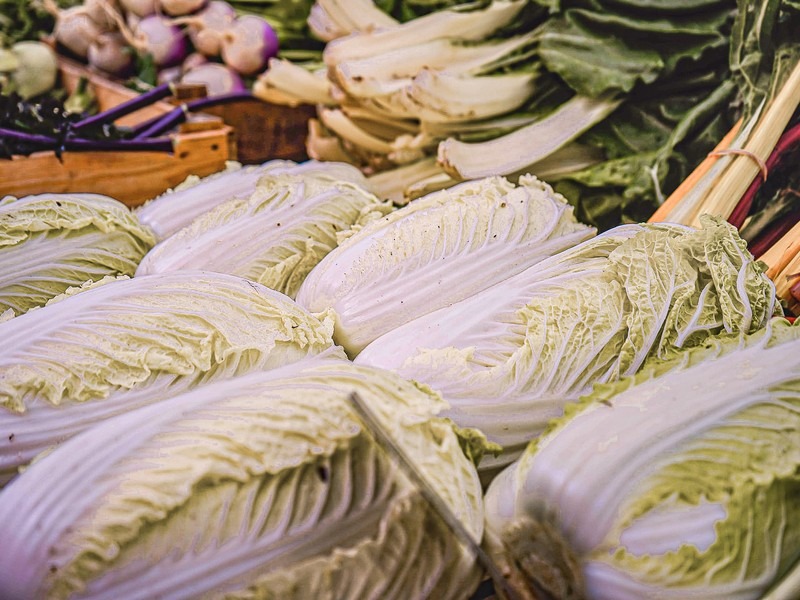
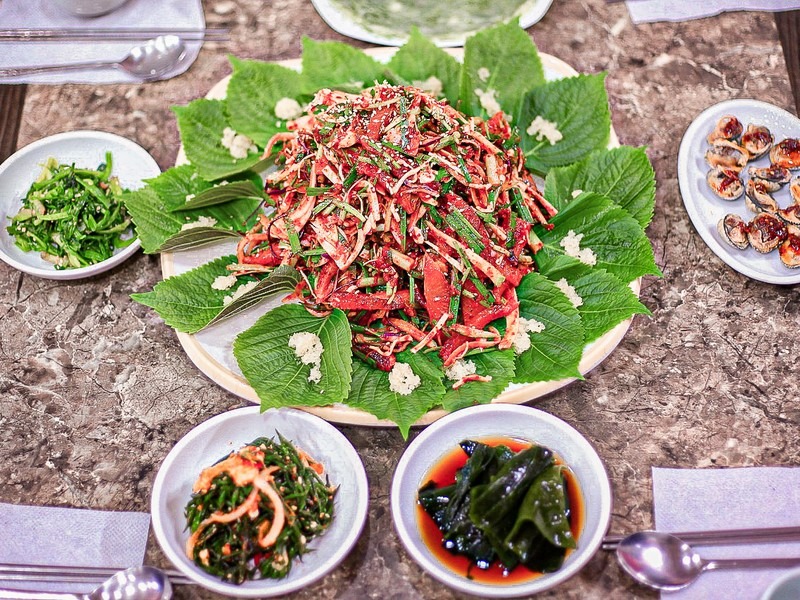
- Address: 600 Garak-dong Songpa-gu, Seoul (서울특별시 송파구 가락동 600)
- Directions: Garak Market Station, exit 8.
- Hours: 24 hours, but late in the day the place is busy with restaurant owners and trucks taking goods to big retail shops so you may get lost in the hustle and bustle. It’s better to go in the afternoon or evening. The very lively auction runs from 6PM-9PM and is fun to watch, but after that the trucks pour in.
- Auctions: If you’re interested in seeing the live action auctions, plan to get up early. They take place between 2:00am and 5:00am in the agricultural market. The livestock market auctions are from 4:00am to 10:00pm.

Dongmyo Flea Market (동묘벼룩시장)
Dongmyo Flea Market is a haven for bargain hunters. Most items cost between W2000 and W5000, making it easy to find exceptional deals. This market is perfect for those who enjoy treasure hunting and vintage items.
Explore these traditional markets in Seoul to immerse yourself in the local culture, enjoy delicious food, and find unique souvenirs. Each market offers a distinct experience, ensuring that every visit is memorable.
- Address: 102-8 Sungin 2-dong, Jongno-gu, Seoul (서울 종로구 숭인동 102-8)
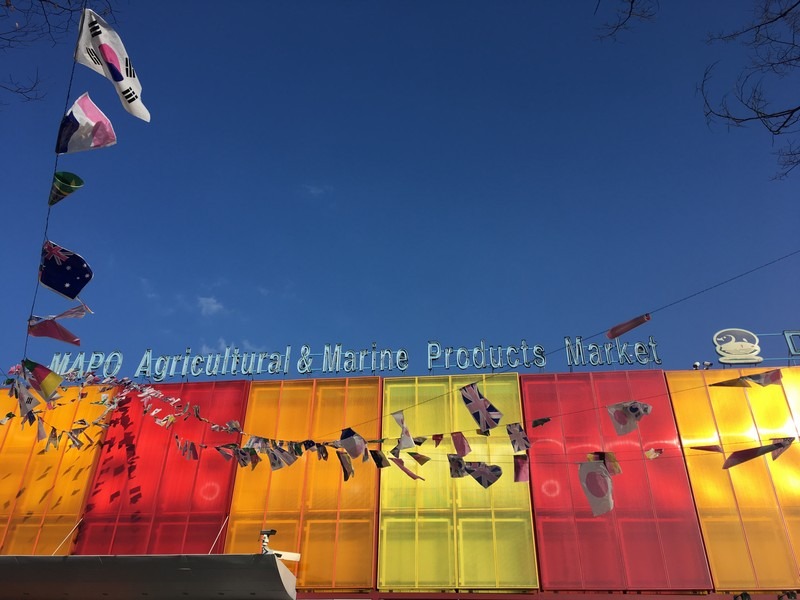
Mapo Agricultural & Marine Products Market (마포농수산물시장)
Across the street from World Cup Stadium, and the perfect place to pick up food if you’ll be spending the day in the World Cup Parks, the Mapo Agricultural and Marine Products Market has fruit and vegetable vendors in the back, and upstairs are dine in restaurants that will prepare the fish to eat. While it’s relatively small compared to Noryangjin, the seafoody delights are on point and the vendors are friendly.

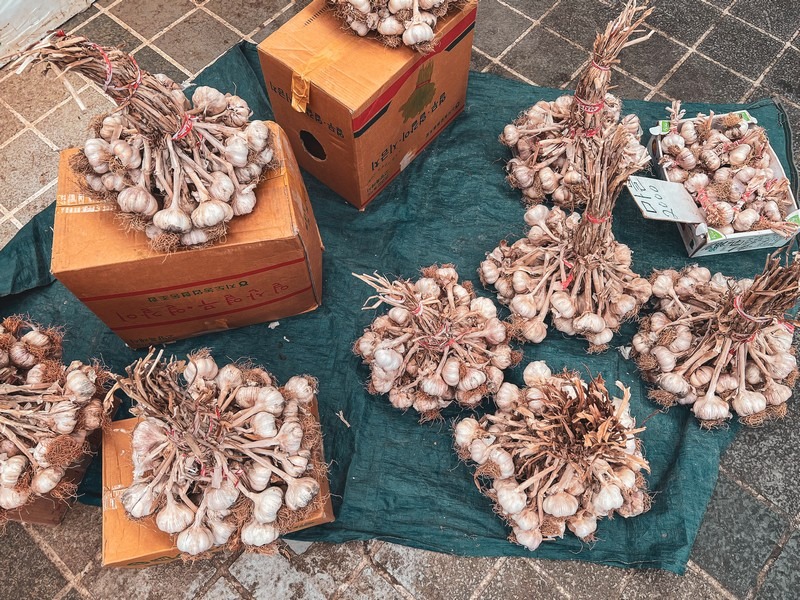
- Address: 533-1 Seongsan 2-dong, Mapo-gu, Seoul, Korea (서울특별시 마포구 성산2동 533-1)
- Directions: Go to the World Cup Stadium Station on the brown line and take exit 1. You’ll walk through the parking lot of the stadium to the main road and just across at the crosswalk is the market with an easily visible sign.
Did you like this post? Pin IT!
